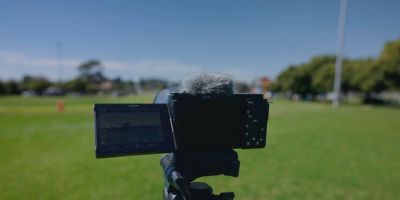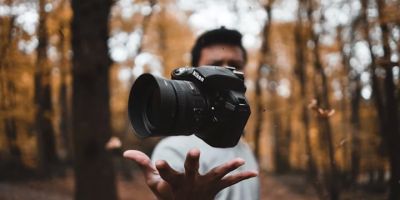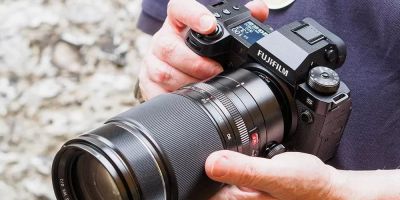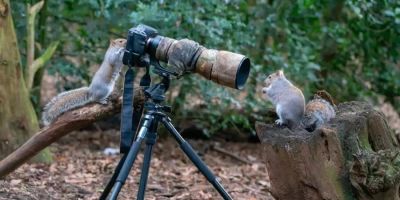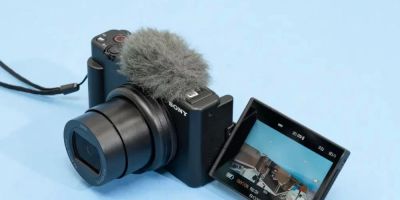- 1-understanding-the-needs-of-wildlife-and-safari-photographers
- 2-key-camera-features-for-wildlife-and-safari-photography
- 3-top-camera-types-suited-for-safari-adventures
- 4-real-life-experiences-from-wildlife-photography-enthusiasts
- 5-tips-for-maximizing-your-wildlife-photography-success
- 6-where-to-find-the-best-wildlife-photography-gear
Understanding the Needs of Wildlife and Safari Photographers
Wildlife and safari photography enthusiasts require specialized equipment that can handle challenging environments and capture elusive subjects from a distance. Unlike studio or urban photography, shooting on safari means adapting to unpredictable lighting, long distances, and fast-moving animals. The ideal camera must be versatile, durable, and capable of producing high-quality images under diverse conditions.
Many photographers seek gear that balances portability with powerful zoom capabilities, allowing them to react quickly and seize the perfect shot while respecting the animals’ natural habitat.
Key Camera Features for Wildlife and Safari Photography
Fast Autofocus and High Frame Rates
Capturing animals in motion requires cameras with rapid autofocus systems and high continuous shooting speeds. These features increase the chance of getting sharp images during sudden movements.
Telephoto Lens Compatibility
A camera that supports long telephoto lenses (300mm and above) is essential for photographing distant wildlife without disturbing them. Image stabilization in lenses or the camera body helps reduce blur.
Durability and Weather Sealing
Safari conditions can be harsh, with dust, moisture, and extreme temperatures. Cameras built with weather sealing and rugged construction offer reliability and longevity in these environments.
High ISO Performance
Early morning or dusk light is prime time for wildlife activity but often comes with low light. Cameras with excellent high ISO performance deliver clear images with minimal noise.
Top Camera Types Suited for Safari Adventures
DSLR Cameras
DSLRs remain popular due to their robust lenses and superior autofocus. Models from Canon and Nikon are favored for their extensive lens ecosystems and reliability.
Mirrorless Cameras
Mirrorless cameras offer compactness and fast autofocus systems. Leading models provide excellent image quality and are increasingly chosen by professionals and hobbyists alike.
Bridge Cameras and Superzooms
For enthusiasts on a budget or seeking portability, bridge cameras with powerful zoom lenses offer a convenient alternative, though with some compromises in sensor size and image quality.
Real-Life Experiences from Wildlife Photography Enthusiasts
Jane, an avid safari photographer, shares, “My switch to a mirrorless camera with a 400mm lens transformed my work. I could quickly adjust settings and capture animals in motion without missing a moment.”
Mark recounts his experience with a DSLR on a recent African safari, praising the camera’s ruggedness and reliable autofocus that helped him capture lions during their active hours at dawn.
Tips for Maximizing Your Wildlife Photography Success
Patience and preparation are key. Study animal behavior to anticipate action and always carry extra batteries and memory cards. Use a tripod or monopod for stability with heavy lenses, and practice manual settings to adapt to changing light.
Respect wildlife by maintaining distance and minimizing disturbance. The best shots come from ethical photography practices that prioritize animal welfare.
Where to Find the Best Wildlife Photography Gear
For those seeking the perfect camera for wildlife and safari photography enthusiasts, Photo Studio offers a curated selection of cameras, lenses, and accessories designed for this demanding genre. Expert advice and reliable products ensure you’re equipped to capture breathtaking moments in the wild.
Explore their range to find gear tailored to your skill level and budget, and prepare for your next unforgettable safari adventure.

